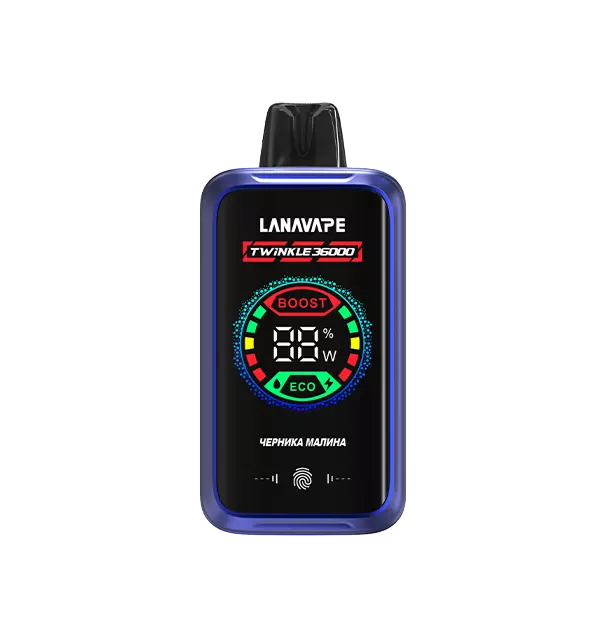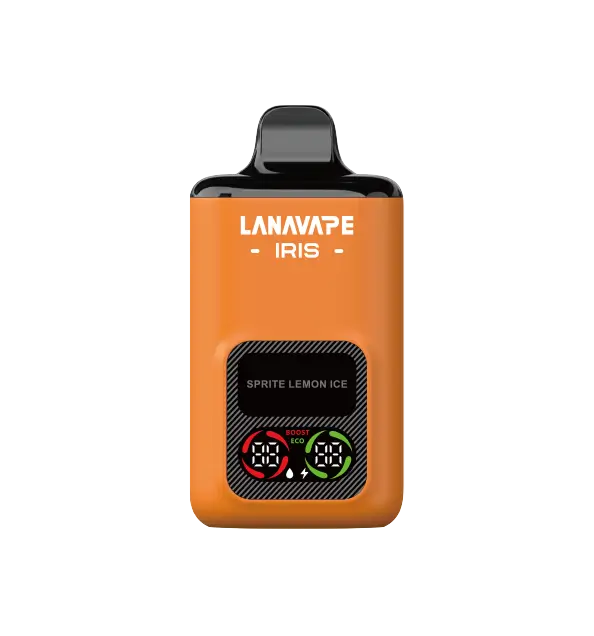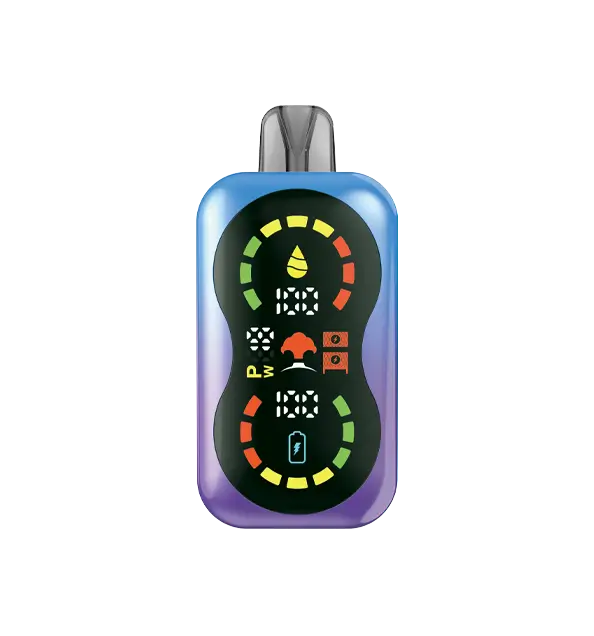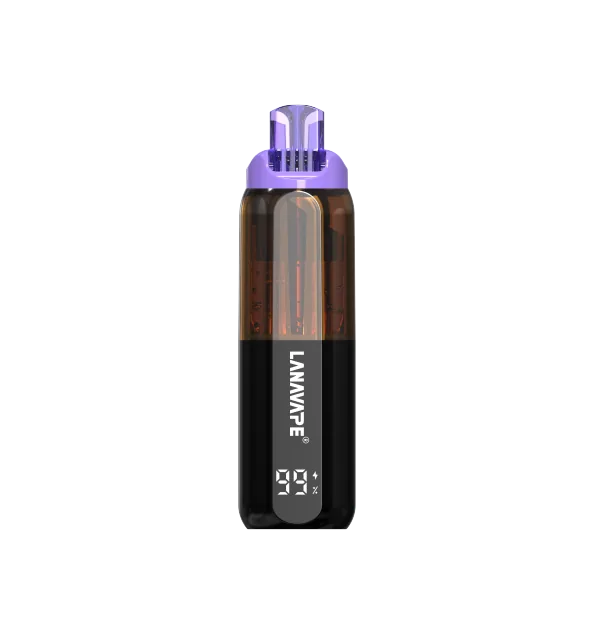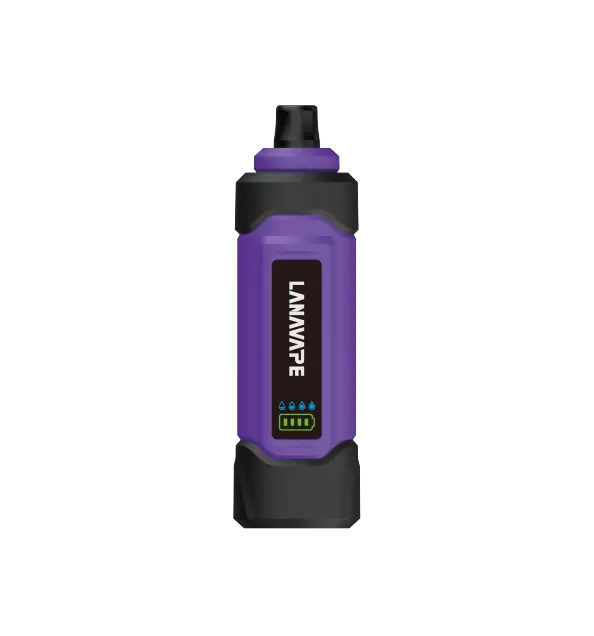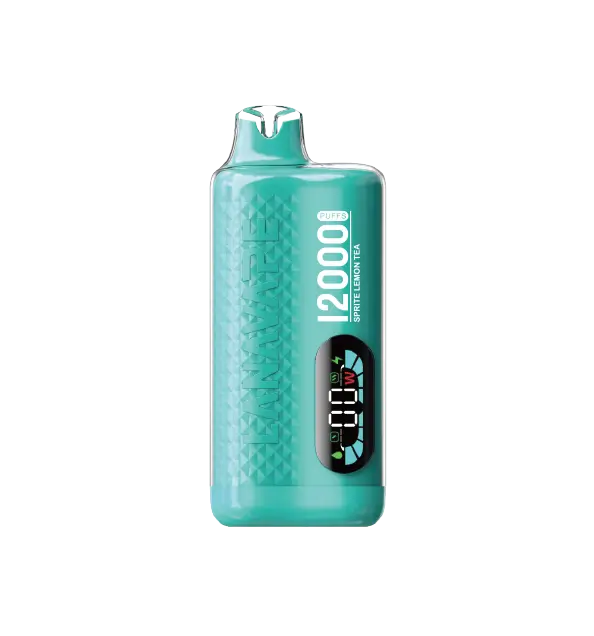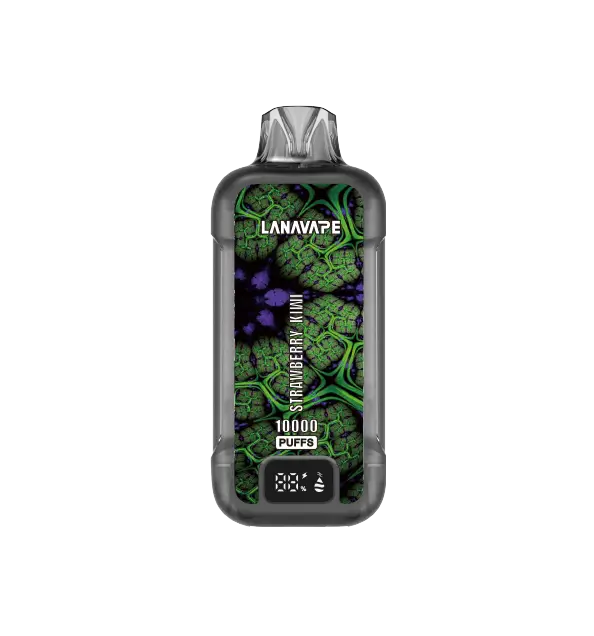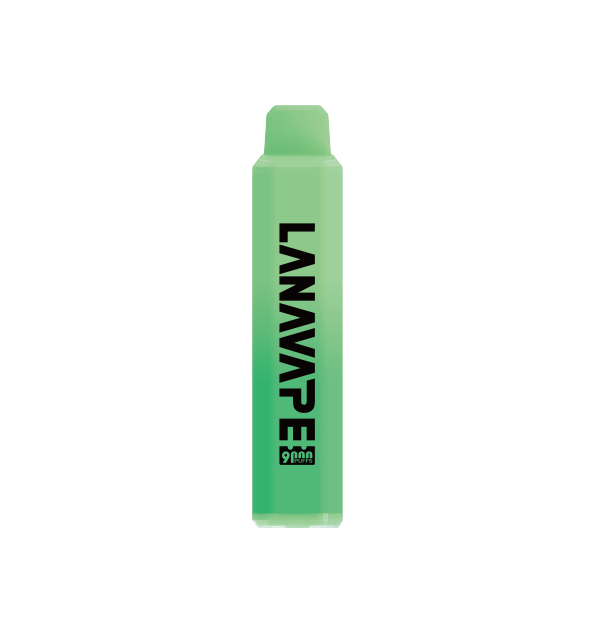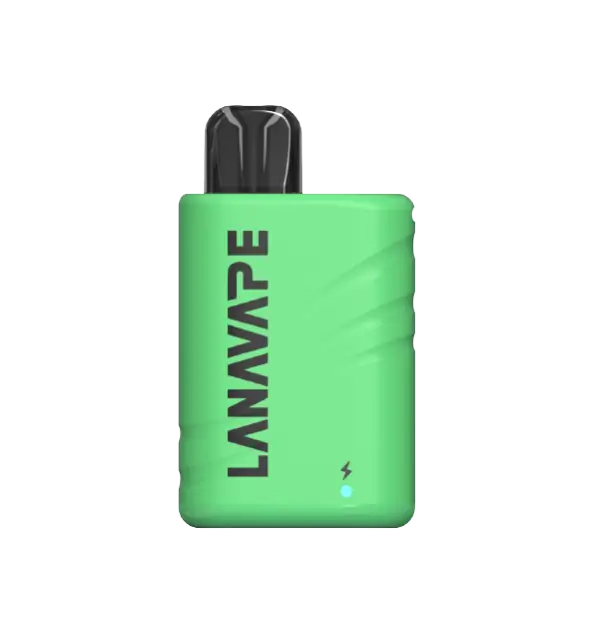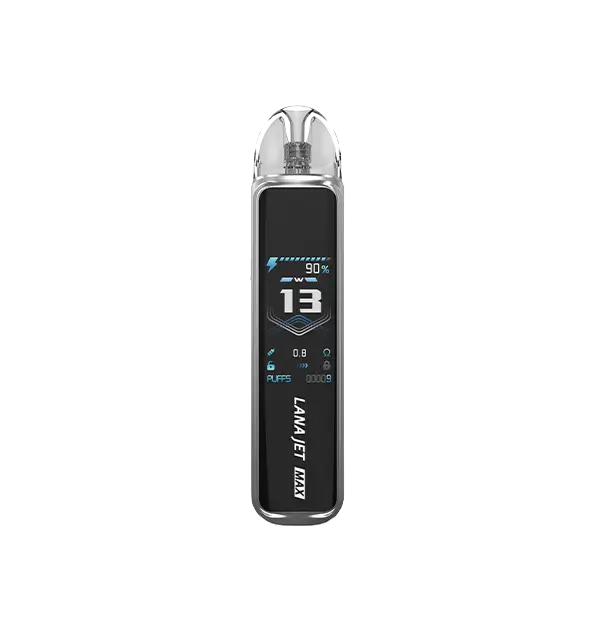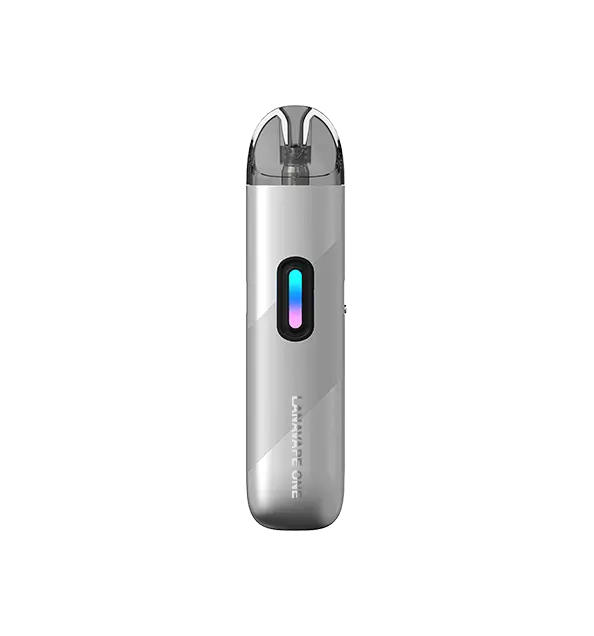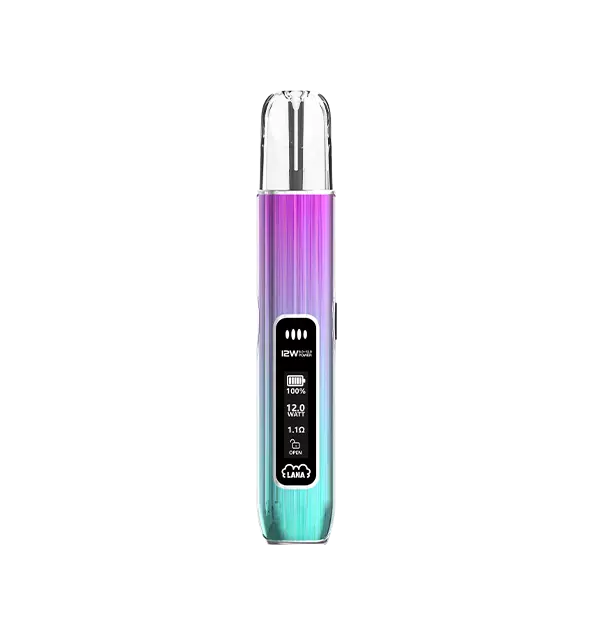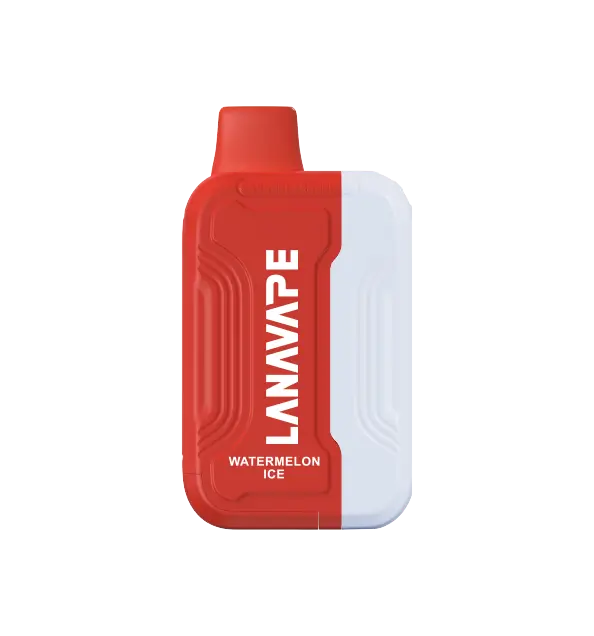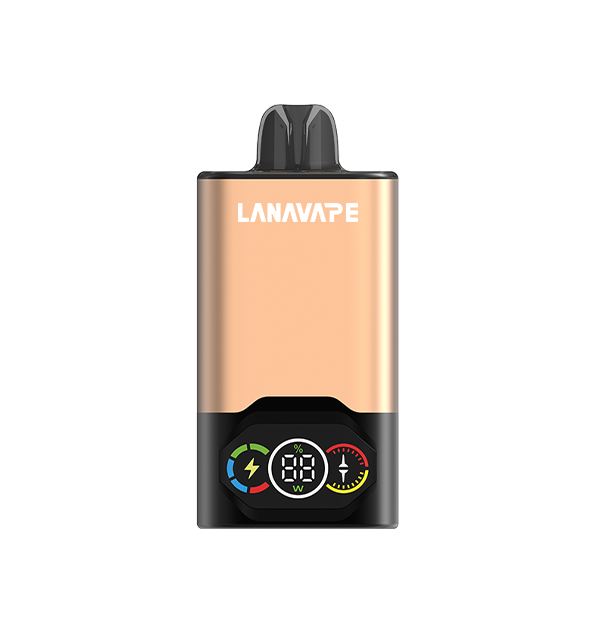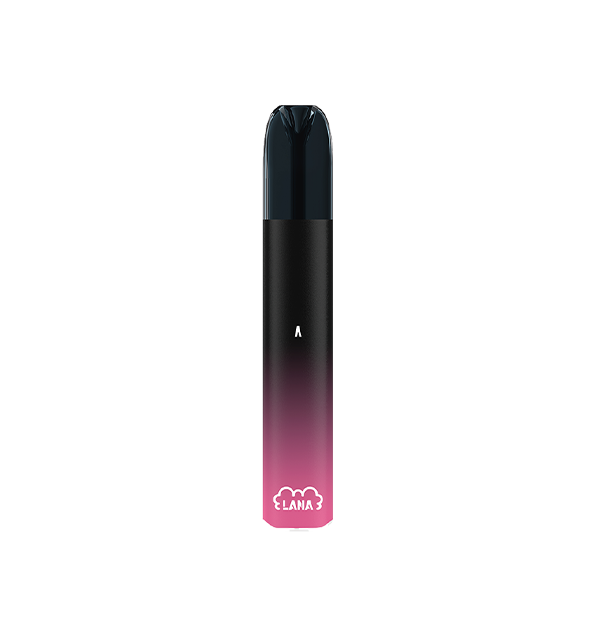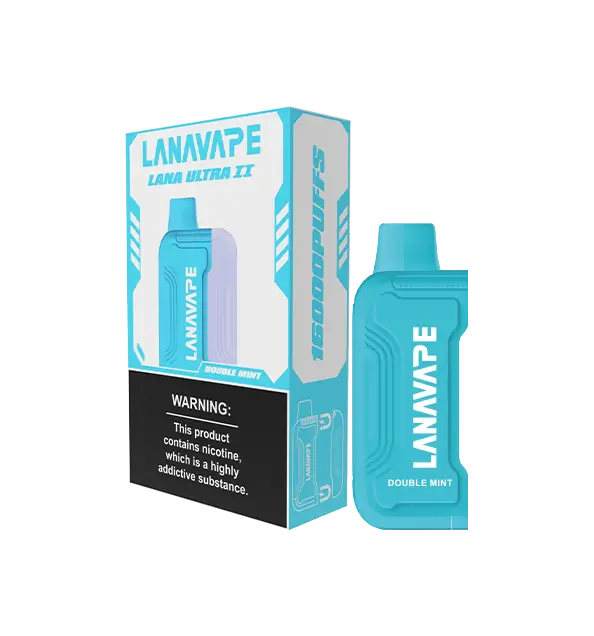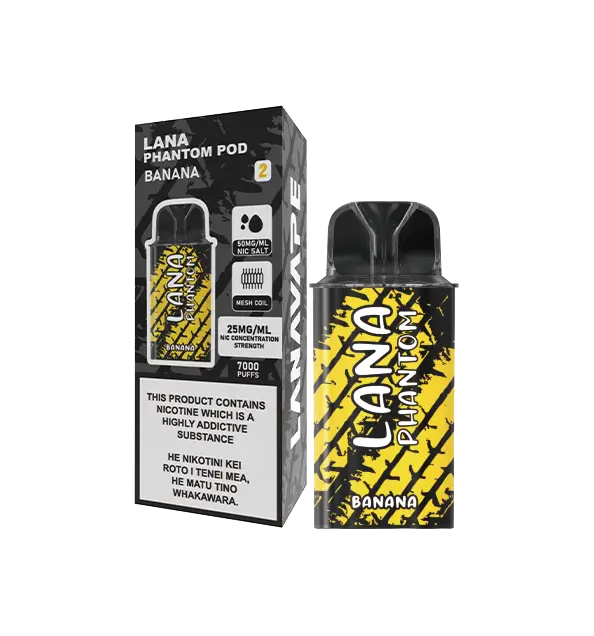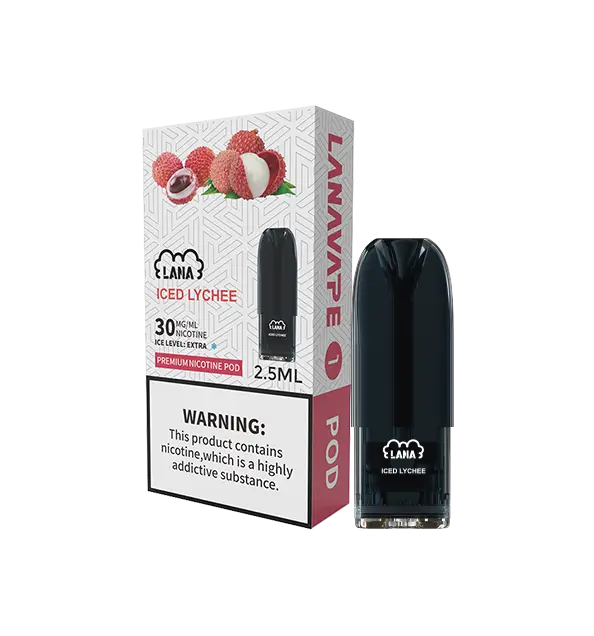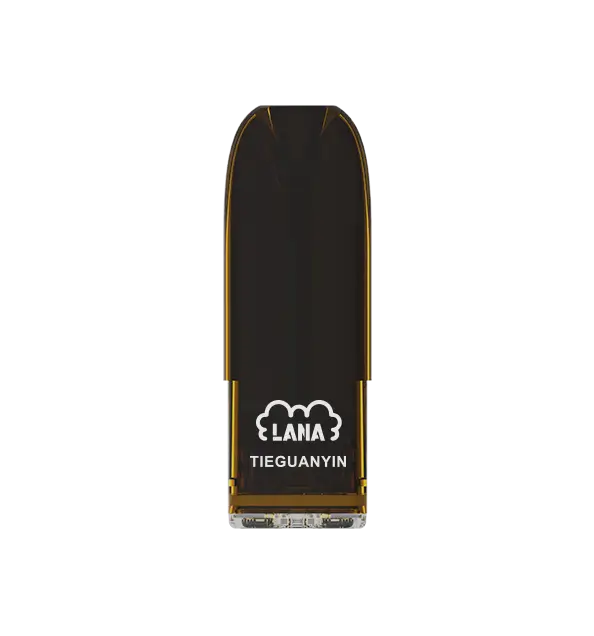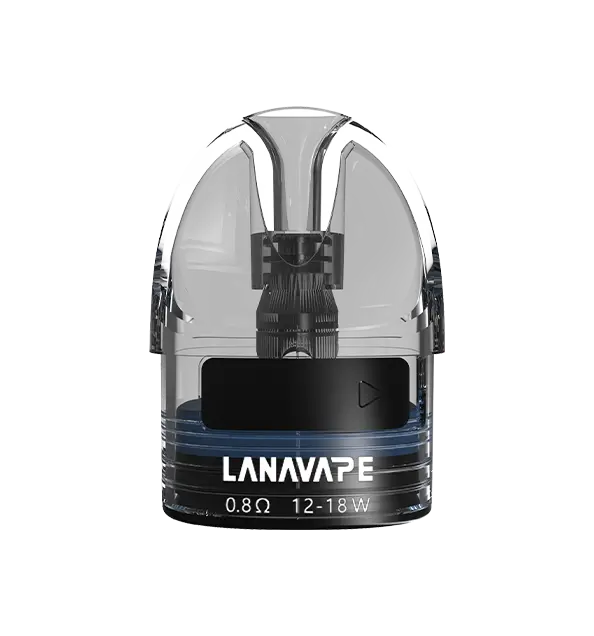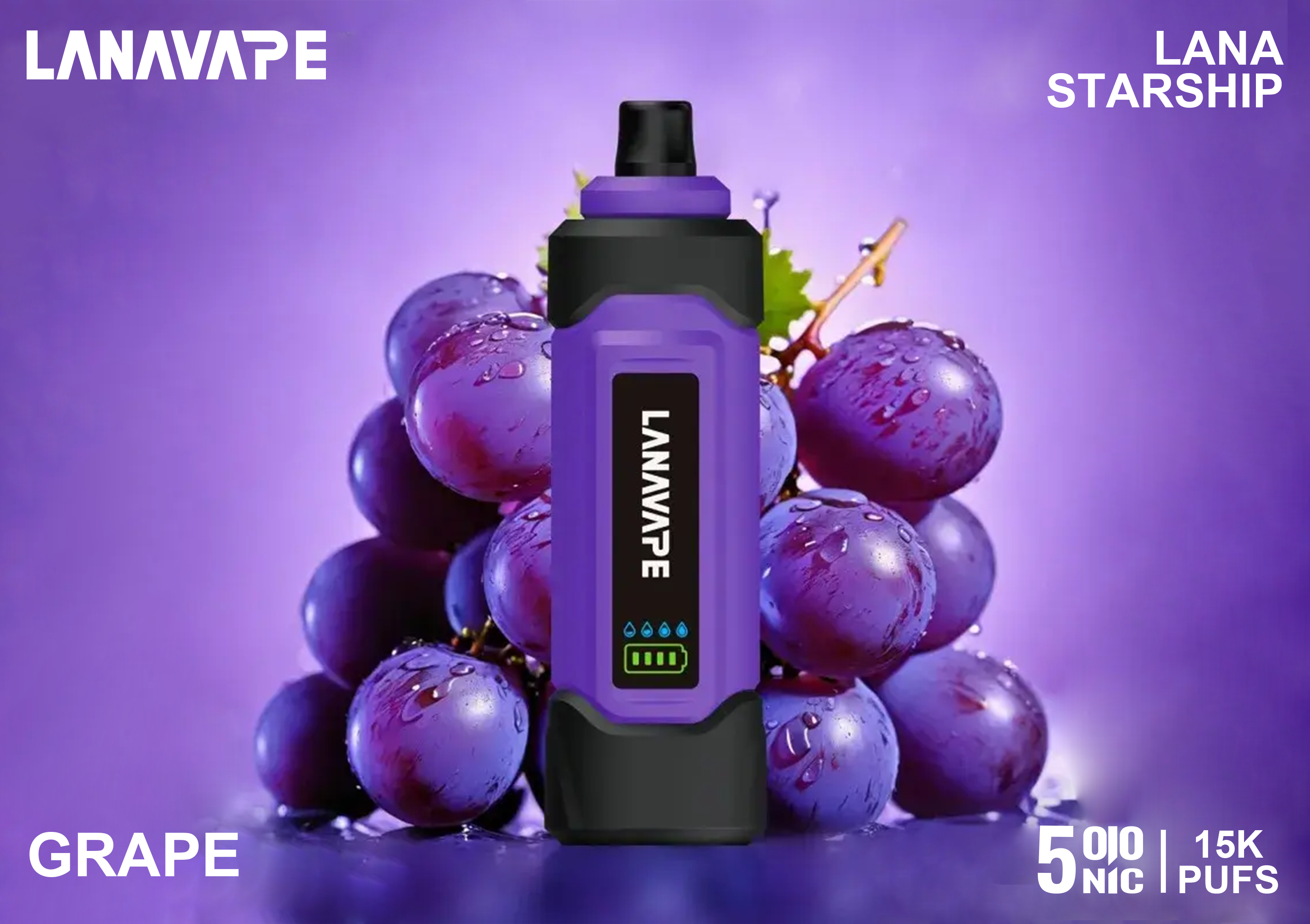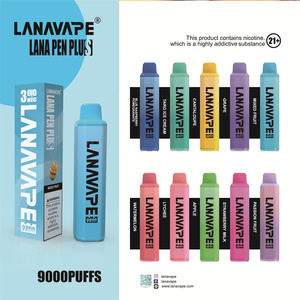
Who is Responsible for New Young Vapers
In San Francisco’s Proposition E passed by public vote last month. The finally tally was 68-32 percent in favor of a ban on flavored vape juices and menthol cigarettes in the city. New York has had a vaping ban since 2013, restricting the use of vapes anywhere cigarette smoking is restricted. Proponents of these legislative actions proffer that their cause is to secure the health of the public, given the limited, inconclusive research on the particular health effects of vape use. Another cause of concern is the apparent way many vape products are marketed to underage users, who then become habitual users. In ominous precursory fashion, the FDA had previously issued warning letters to a number of online and storefront shops regarding sales to minors. Reports cover the hotly contested guilty party: Parents or Retailers?
Lana _E-Cig
The Lana has attracted FDA attention due to it’s popularity among teens, despite the fact that the company enforces a strict 21-and-up age restriction on all sales. Read our review here.
The ongoing regulatory debate over vaping, specifically as it applies to teens and underage users, is an example of one of the age-old blame games I follow whenever I can find new coverage. Similar to the recently resurfacing video game debate (Do they cause violence in youth? Are parents or developers responsible for content control?), the question of whether the onus is on parents or retailers for underage vape users equally appeals to me. Broad shifts in the perspective the body politic has on a major economic power, especially in the United States, is always a media knock-down, drag-out experience.
Retailers are aware of regulatory compliance enough, and value a continued income enough that, by and large, I can’t abide the idea that they are the agents in the sale of vape products to minors. A particular cashier or employee in a specific shops around the country? Sure. But, I believe that retailers are generally more concerned with keeping their businesses open for the revenue opposed to condoning throwing out the law to make a quick buck on a teen trend. There are exceptions to every rule, granted. Coverage of vape retailers and examples of non-compliance is an easy target because it fulfills a preconstructed and familiar narrative.
I don’t mean to say the debate is unimportant. Quite the contrary, I believe in debates over the adverse effects of pretty much everything. I believe in discourse. The vape industry is booming, and its prevalence in modern technological culture is worth discussing. Invariably, however, a great deal of what seems to be said about underage access to vaping opts to focus on sales and legal status. On our end – consumers, end users, or advocates for or against vaping – I think it’s equally important for us to scrutinize the information we have at hand.
News cycles today are shorter than they’ve ever been, given the advent of information technology a la mobile devices. Those mobile devices have also contributed to our shorter attention spans, and thus to stay relevant and write content on a scale necessary to captivate an audience, writers will sometimes pose a classic two-sided argument. One of the easiest targets for this trope is vaping because of the amount of local and federal attention it has received in light of its quick rise in popularity. That the FDA, too, has classified vape products as tobacco products and linked them with the already stigmatized cigarette has the potential to create an unconscious bias. There are major medical claims and social stigmas involved in the vape debate. But all parties are willing to admit that these are shifting social trends and ongoing research efforts. We are not at the end of the history of how vapes impacted our culture, not by a long shot. And, until I know exactly what I am blaming any party or parties for, I will reserve judgment on exactly “who is to blame” for why vapes are in the hands of more young people than ever.

